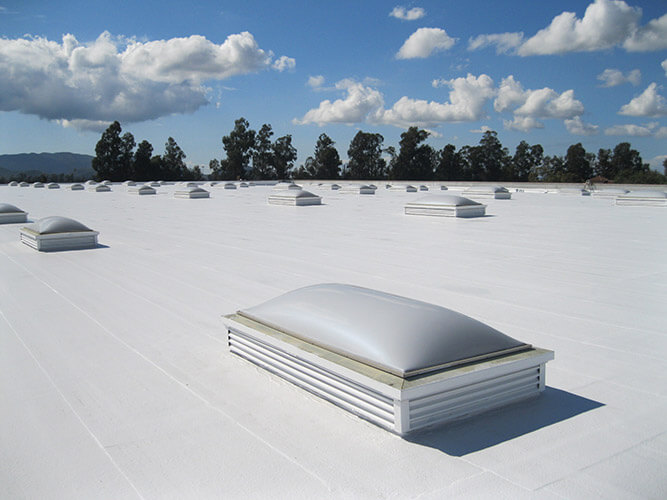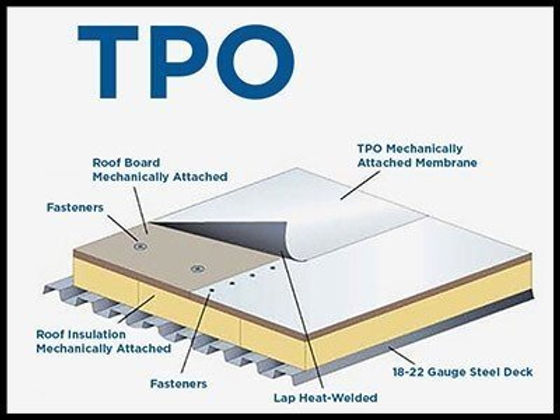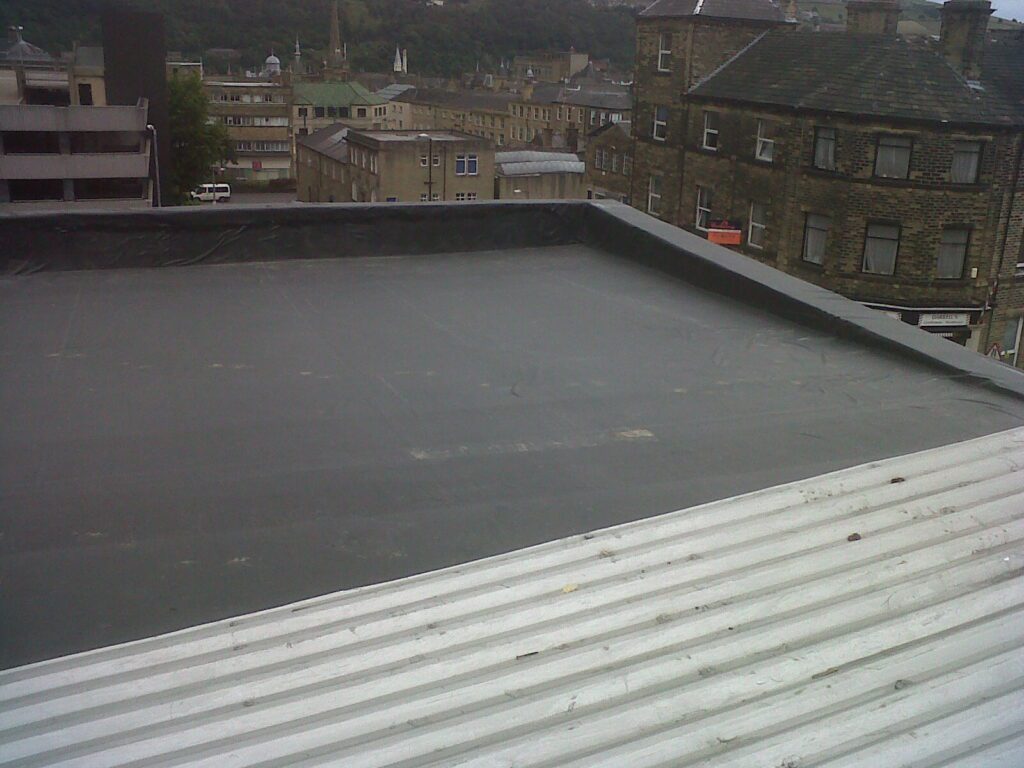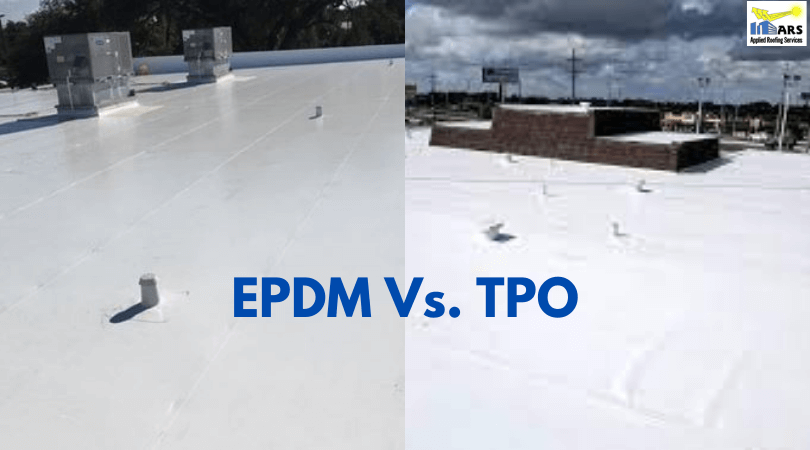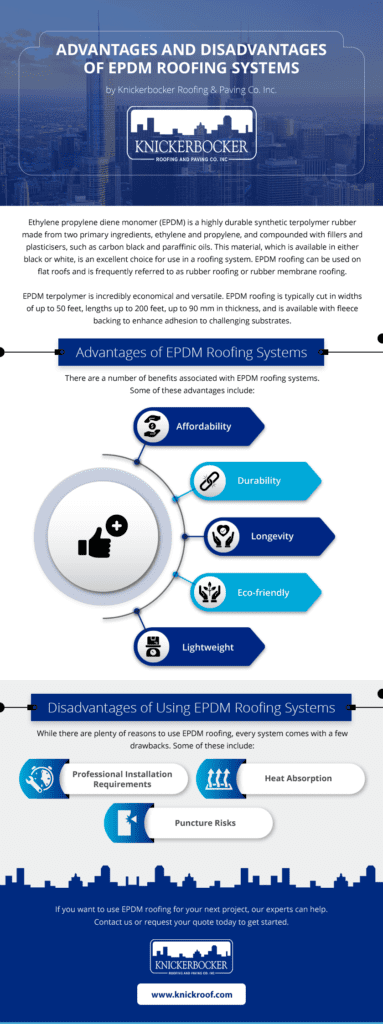If you’ve ever wondered about the different types of roofing materials available, TPO roofing is definitely one to look into. TPO, short for thermoplastic olefin, is a single-ply roofing membrane that has gained popularity in recent years. It offers a range of benefits, including energy efficiency and durability. In this article, we will explore what exactly TPO roofing is, its advantages, and why it might be a great choice for your roofing needs. So, let’s get started and discover all that TPO roofing has to offer!
What Is TPO Roofing?
Definition of TPO Roofing
TPO roofing, also known as Thermoplastic Olefin roofing, is a type of single-ply roofing membrane that is commonly used in commercial and residential buildings. It is a popular choice for roofing due to its durability, energy efficiency, and cost-effectiveness. TPO roofing is made from a blend of rubber and other materials, which gives it its superior performance qualities.
Composition of TPO Roofing
TPO roofing is composed of several layers that work together to provide excellent protection against the elements. The bottom layer is typically made of a reinforced fabric, such as polyester, which adds strength and stability to the membrane. The middle layer is the TPO layer itself, which is created by blending rubber and other additives. This layer gives the roofing membrane its flexibility and durability. The top layer is a weather-resistant material that protects the TPO membrane from UV radiation and other environmental factors.
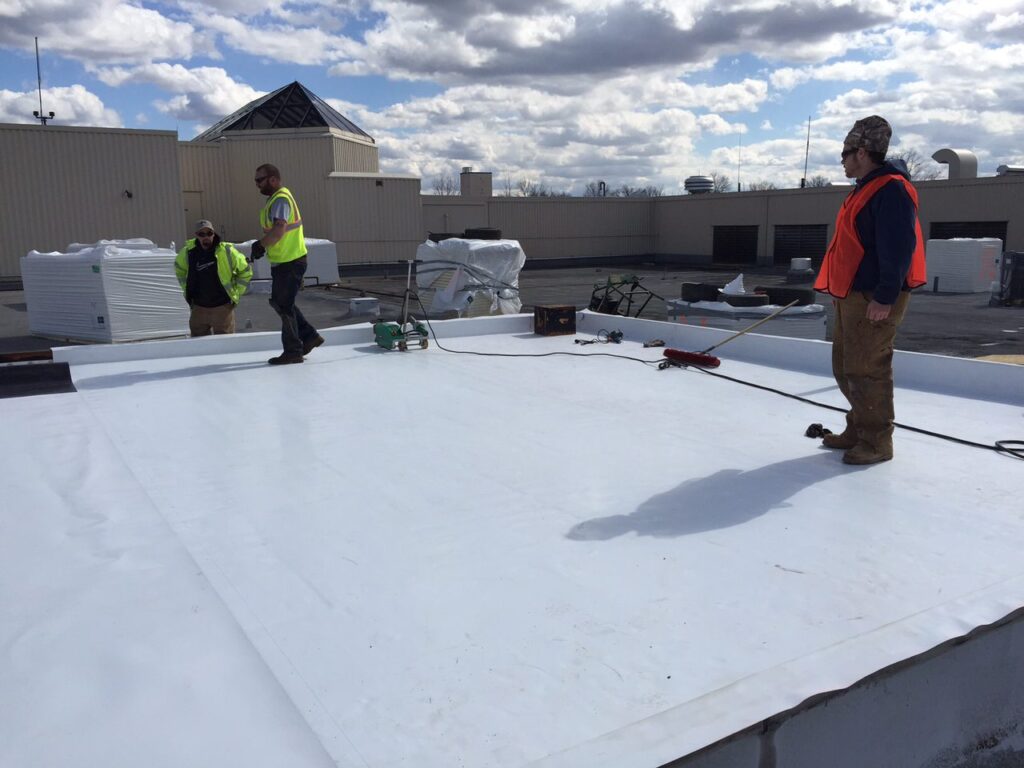

Advantages of TPO Roofing
TPO roofing offers numerous advantages over other types of roofing materials. One of the main benefits is its energy efficiency. TPO roofing has excellent reflective properties, which allows it to reflect sunlight and reduce the amount of heat absorbed into the building. This can result in significant energy savings and lower cooling costs, especially in hot climates.
Another advantage of TPO roofing is its durability. It is resistant to punctures, tears, and impact damage, making it ideal for areas with severe weather conditions. TPO roofing also has a long lifespan, typically lasting between 20 and 30 years with regular maintenance.
TPO roofing is also environmentally friendly. It is recyclable, which means it can be reused or repurposed at the end of its life cycle. Additionally, TPO roofing does not release harmful chemicals or toxins into the environment during its manufacturing or installation process.
Lastly, TPO roofing is cost-effective. It is often more affordable than other roofing materials, such as PVC or EPDM. The installation process is also relatively quick and straightforward, which can help reduce labor costs.
Disadvantages of TPO Roofing
While TPO roofing offers many advantages, it is important to consider its potential disadvantages as well. One disadvantage is its susceptibility to certain chemicals, such as oil-based products. Exposure to these chemicals can degrade the TPO membrane over time, reducing its lifespan and performance.
TPO roofing can also be susceptible to shrinkage and cracking in areas with extreme temperature fluctuations. It is recommended to choose a high-quality TPO roofing membrane and work with experienced installers to minimize the risk of these issues occurring.
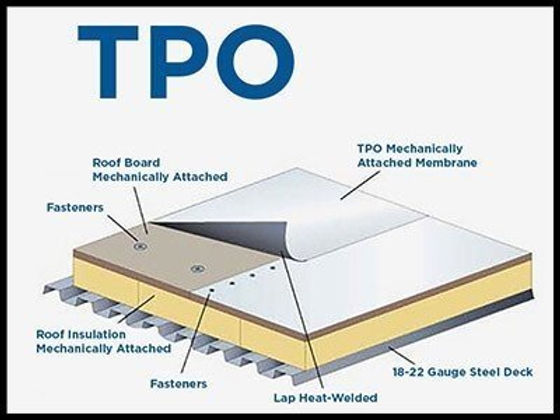

TPO Roofing vs. Other Types of Roofing Materials
When comparing TPO roofing to other types of roofing materials, there are several factors to consider.
In terms of energy efficiency, TPO roofing is often more reflective than traditional asphalt shingles, which can help reduce cooling costs. It also offers comparable energy efficiency to PVC roofing but at a lower cost. EPDM roofing, on the other hand, has a lower reflectivity and may require additional insulation to achieve similar energy efficiency levels as TPO roofing.
Durability is another aspect to consider. TPO roofing is more resistant to punctures and impact damage compared to asphalt shingles. It is also more flexible than PVC roofing, making it less prone to cracking in extreme temperatures. EPDM roofing has similar durability properties to TPO roofing, but its lifespan may be shorter in some cases.
In terms of cost, TPO roofing is generally more affordable than PVC roofing. It is also more cost-effective than metal roofing and slate roofing. Asphalt shingles tend to be the most budget-friendly option, but they may have a shorter lifespan compared to TPO roofing.
Installation Process of TPO Roofing
The installation of TPO roofing typically involves the following steps:
- Roof Inspection: A professional roofing contractor will inspect the roof to assess its condition and determine if any repairs or preparations are needed before installation.
- Surface Preparation: The roof surface is cleaned and prepared to ensure proper adhesion of the TPO membrane. This may involve removing any existing roofing materials, repairing damaged areas, and applying a primer.
- Membrane Installation: The TPO roofing membrane is rolled out and adhered to the roof surface using either adhesive or heat welding. Seams are sealed to create a watertight barrier.
- Edge Detailing: The edges of the roof are trimmed and sealed to ensure proper water drainage and prevent leaks.
- Flashing Installation: Flashing is installed around roof penetrations, such as vents or chimneys, to provide additional waterproofing protection.
- Final Inspection: The finished TPO roofing system is inspected to ensure it meets industry standards and specifications.
It is important to hire a professional roofing contractor experienced in TPO installation to ensure a proper and long-lasting installation.


Common Applications of TPO Roofing
TPO roofing is commonly used in commercial and residential buildings, particularly those with flat or low-slope roofs. It is suitable for a wide range of applications, including:
- Office Buildings: TPO roofing is a popular choice for office buildings due to its energy efficiency, durability, and cost-effectiveness.
- Warehouses: TPO roofing provides excellent protection against the elements and is often used in warehouses and industrial buildings.
- Schools and Universities: Many educational institutions choose TPO roofing for its long lifespan, low maintenance requirements, and energy-saving properties.
- Retail Stores: TPO roofing is a cost-effective option for retail stores, offering both durability and aesthetics.
- Residential Homes: TPO roofing is becoming increasingly popular for residential homes, particularly those with flat or low-slope roofs, due to its affordability and energy efficiency.
Cost of TPO Roofing
The cost of TPO roofing can vary depending on several factors, including the size of the roof, the complexity of the installation, the manufacturer, and the location. On average, the cost of TPO roofing installation ranges from $5 to $7 per square foot.
It is important to note that while TPO roofing may have a higher upfront cost compared to asphalt shingles, it offers long-term cost savings through energy efficiency and durability.
Maintenance and Repair of TPO Roofing
Proper maintenance and regular inspections are key to ensuring the longevity and performance of TPO roofing. It is recommended to perform the following maintenance tasks:
- Regular Cleaning: Remove debris, leaves, and other materials from the roof surface to prevent clogging of the drainage system and potential water pooling.
- Inspect Seams and Flashing: Regularly check the seams and flashing for any signs of damage or separation. Repair or replace as necessary to maintain a watertight seal.
- Address Punctures and Tears: If any punctures or tears are detected, they should be repaired promptly to prevent water infiltration and further damage to the membrane.
- Professional Inspections: Schedule regular inspections by a professional roofing contractor to identify any potential issues and address them before they escalate.
It is important to consult the manufacturer’s guidelines for specific maintenance recommendations and to hire a professional for any repairs or major maintenance tasks.
Factors to Consider When Choosing TPO Roofing
When selecting TPO roofing for your building, there are several factors to consider:
- Quality: Choose a reputable manufacturer that offers high-quality TPO roofing membranes. Look for products with a proven track record and industry certifications.
- Thickness: TPO roofing membranes come in various thicknesses, typically ranging from 45 mils to 80 mils. Thicker membranes generally offer improved durability and resistance to damage.
- Color Options: TPO roofing is available in a range of colors, including white, light gray, and tan. Consider the climate and energy requirements of the building when selecting the color.
- Warranty: Check the warranty offered by the manufacturer. A longer warranty period can provide added peace of mind and protection against potential defects.
- Professional Installation: Ensure you hire an experienced roofing contractor with expertise in TPO installation. Proper installation is crucial for the performance and longevity of the roofing system.
By considering these factors and conducting thorough research, you can make an informed decision and choose the right TPO roofing system for your building. Remember to consult with professionals to assess your specific needs and requirements.
